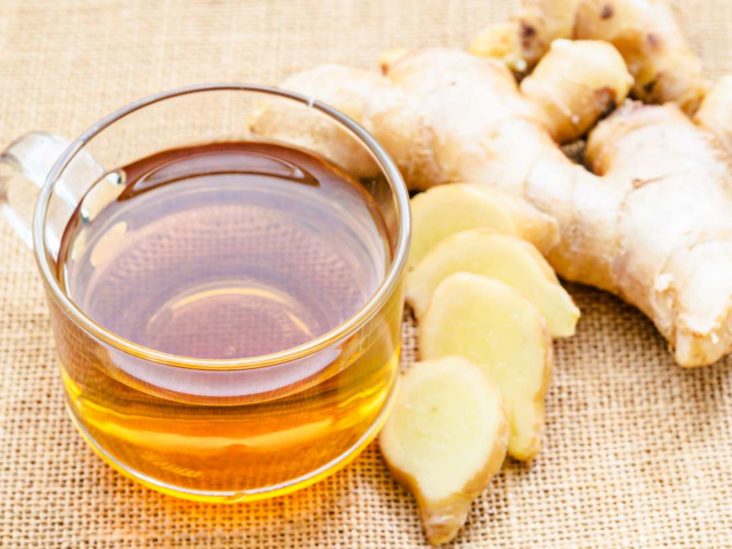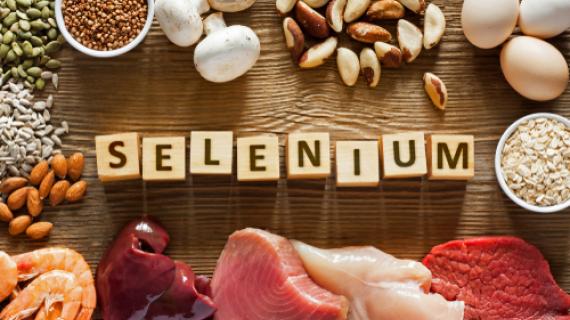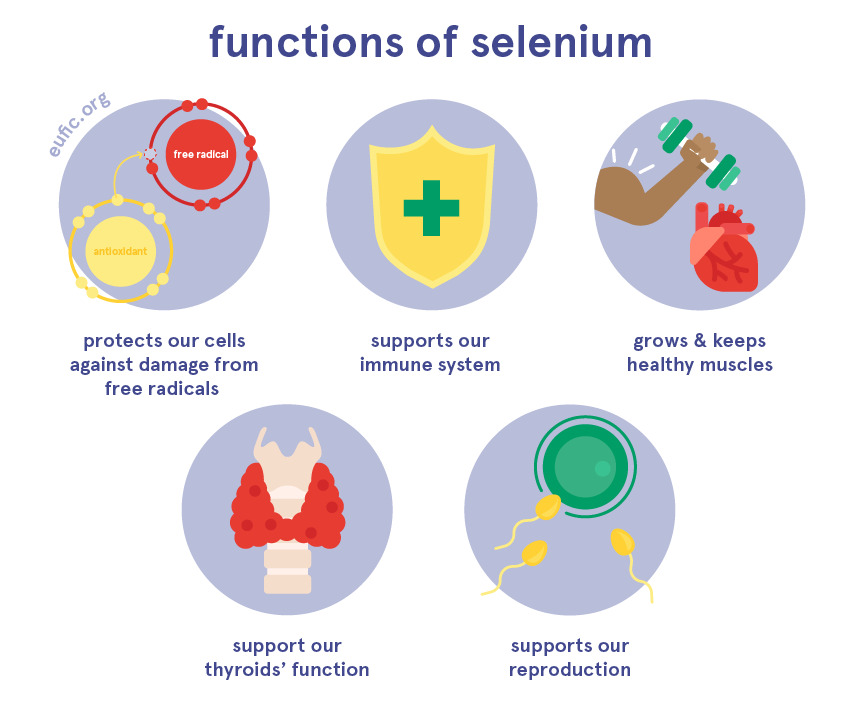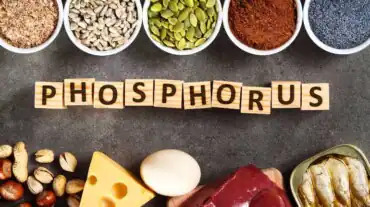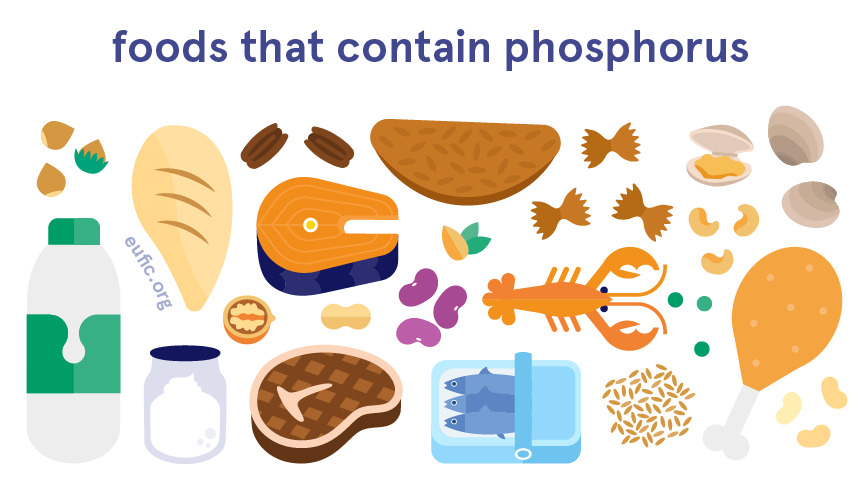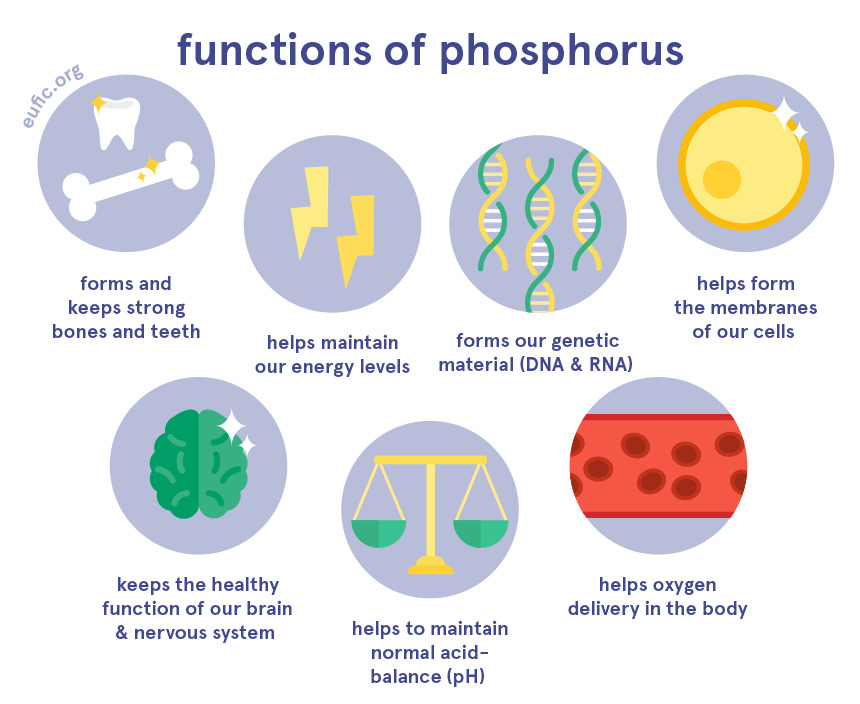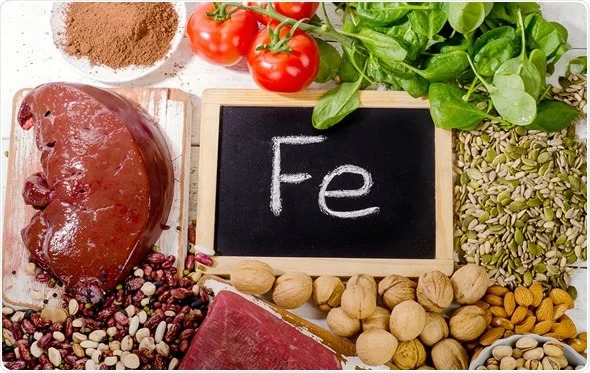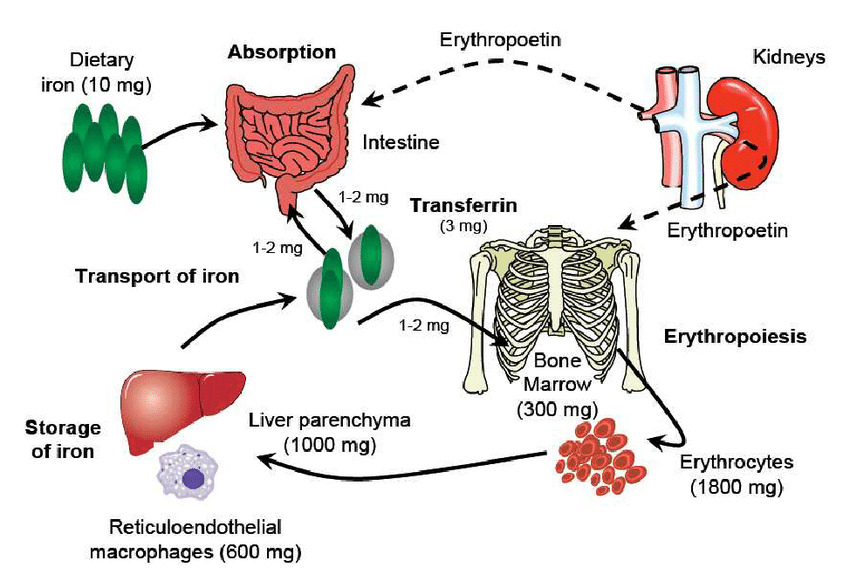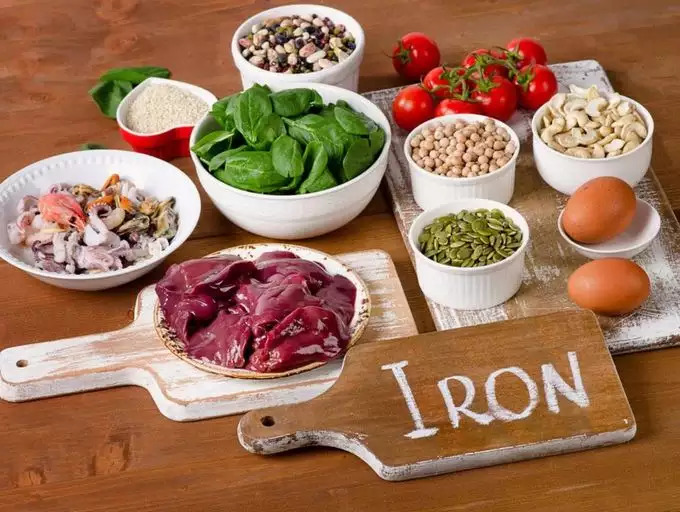What are the top benefits of using Valerian?
What is Valerian and its use?

Valerian is an everlasting plant which is scientifically referred as Valeriana officinalis. The plant is widely grown and found in grassland areas of Asia, Europe, and North America. This plant is expected to produce flowers in summer with colors such as white, pink, and purple. This plant can grow over 6 feet tall from the ground and consist of a strong odor. The preparation for herbal medicines are mainly extracted from the rootlet of valerian plants.
There are nearly 250 different kinds of Valerian plant species out of which Valeriana officinalis is the most commonly used that has mild sedative properties. Back in history, Valerian was used to treat several medical conditions such as nervousness, headache, palpitations, trembling, insomnia, fatigue, stomach cramps, etc.
In today’s time, apart from all those medical conditions, valerian is also used to treat anxiety, premenstrual syndrome, depression, menopause symptoms, etc. However, there is no proof regarding efficacy of valerian to treat anxiety and insomnia. It is generally thought to improve the level of a certain chemical in the brain called Gamma Aminobutyric Acid (GAMA). The chemical GAMA plays a role in calming effect for the body.
Benefits of Valerian

For centuries, Valerian is used to treat a number of medical conditions. It consist of many useful medical properties that provides several benefits in a body human body such as:
- provides better sleeping quality
- relieves restlessness
- prevents hangover effects in the morning
- make one fall asleep faster
- relief from symptoms of anxiety disorder
- promotes relaxation
- helps to treat symptoms of menopause
- reduces symptoms of premenstrual syndrome
- assist with nutrition
Necessary amount of Valerian intake for a human body

- Although being a naturally occurring plant, the amount of valerian used is generally based on an individual’s medical condition. It is very well tolerated in most of the cases. The amount and its frequency of doses with respect to the medical condition that is to be treated with different course periods of medication.
- Ideally, 300-600mg of valerian medication is considered safe and effective when taken for several weeks or months.
- To treat anxiety, an individual can take 120-200mg three times of valerian dose daily.
- to treat insomnia, the doses are comparably lesser than that to treat anxiety.
An individual must discuss with the doctor regarding the medical dose required to treat a medical condition that results in a beneficiary with valerian.
Natural sources of Valerian

Valerian is a kind of substance that is not found in any category of food sources be it plant, animal, fish, nuts, etc. However, as mentioned before, there are nearly 250 different species of valerian plant out of which roots of few of them are harnessed to get valerian. Some of the most common species are:
- Officinalis Valerian – Valerian found in the United States which is commonly used in commercial products.
- Wallichii Valerian – valerian found in Indian
- Edulis Valerian – Valerian found in Mexico
REFERENCES:
- https://www.healthline.com/nutrition/valerian-root
- https://twinings.co.uk/blogs/news/valerian
- https://www.verywellhealth.com/what-you-need-to-know-about-valerian-88336
- https://www.healthline.com/nutrition/valerian-root-side-effects
- rxlist.com/consumer_valerian/drugs-condition.htm
- https://www.drugs.com/mtm/valerian-root.html
- https://www.everydayhealth.com/drugs/valerian
For more details, kindly visit below.


